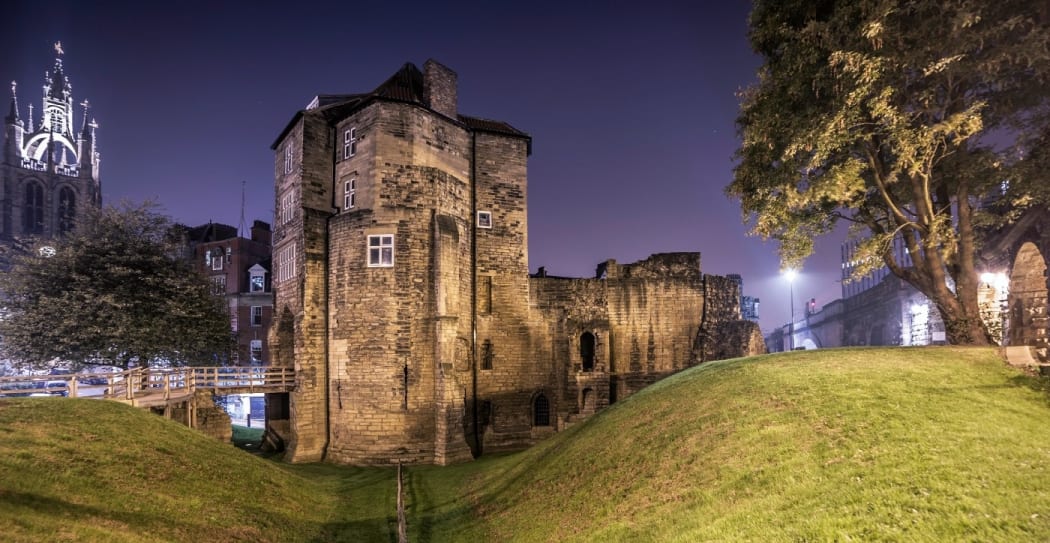Tucked away in the North East of England, the Port of Sunderland beats as one of the region’s strongest heartbeats.
Imports and exports, jobs and a stable economy have long come from this 300-year-old establishment.
In 1717, a group of locals, known as the River Wear Commissioners, began transforming this beautiful harbour into what has now become the second largest municipally owned port in the United Kingdom.
The building of piers, bridges, quays, coal shipping facilities and more, have made this one of the most important ports of call, not just in the UK, but in Europe.
Here are eight key moments that stand out in the Port’s history.
- The appointment of the River Wear Commissioners in 1717
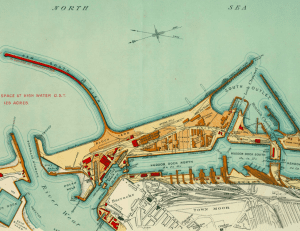
In 1717, the Port Authority appointed the River Wear Commissioners (RWC) to improve the harbour and the river, and with a series of civil engineering masterstrokes, they laid the foundations for an ever-growing economic masterpiece.
It was around this time that they began by constructing the first structures in the area.
- The South and North Piers were built
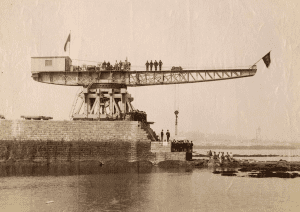
Soon after the RWC took control of the harbour and river area, their first order of business was to build the South Pier at Roker between 1725 and 1730. It was used until construction on the North pier began in 1785, finishing in 1795.
Both piers were later replaced and modified, including the above South Pier in 1893, but were initially important in guiding the reshaping of the port.
- Constant dredging
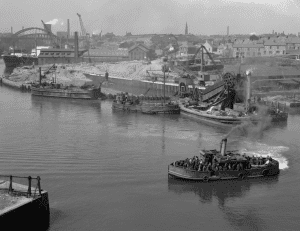
The widening and deepening of the River Wear, known as dredging, was essential for the longevity and expansion of the port.
Removing sandbanks and bars allowed for better movement throughout the river and port, beginning from 1717 and continuing into the 19th, 20th and 21st centuries. Dredging also allowed larger vessels to use the port.
- Coal shipping facilities
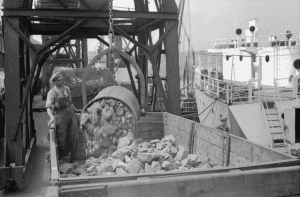
Since before the RWC took control of the port and river, and as early as the 1300s, Sunderland’s trade had been partially dependent on coal mining.
The town’s main economic advantage was the coal industry, up until 1975, when the Sunderland Power Station was closed down.
In 1962, the Government found that 19 per cent of the North East’s population was engaged in coal.
- ‘Biggest ship building town in the world’
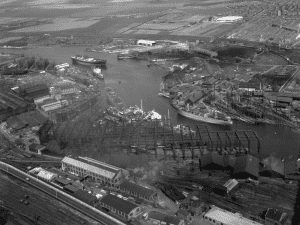
Sunderland had long claimed to be the biggest shipbuilding town in the world.
From the first (1346) to the last (1988), there are said to have been 400 shipyards in total.
At its height in the 1840s, there were 76 shipbuilding yards on Wearside, building a third of all the ships in the UK.
- Jobs on the Docks
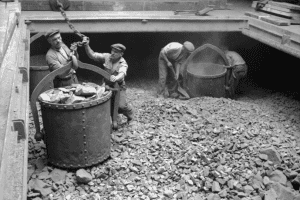
Over the years the Port of Sunderland has provided many people with work.
But until the 1960s, when safety committees were established and safety equipment was used in shipbuilding yards, accidents were common on a daily basis.
With the introduction of the Health and Safety at Work Act in 1974, injury rates were reduced.
- Sunderland Council takes over declining port
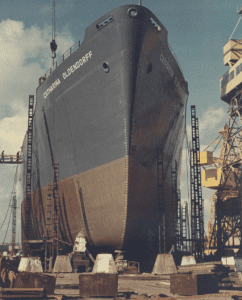
In 1972, the Sunderland Council took on responsibility for the port and river, but the port was in decline.
The port’s losses in the 1980s totalled £18.5 million over 10 years, and coal shipments also came to an end in 1986. Historic dock buildings were also pulled down in the late 1980s.
- The modern day Port of Sunderland
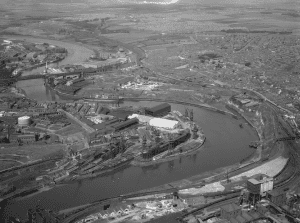
Shipbuilding and coal shipments have now disappeared, and the Port is now challenged with meeting modern demands.
It has struggled in recent years, but is looking to re-establish itself as one of the North East’s key assets.
Adapting to the 21st century, the Port is continually striving to reshape its influence on the North East’s economy.



